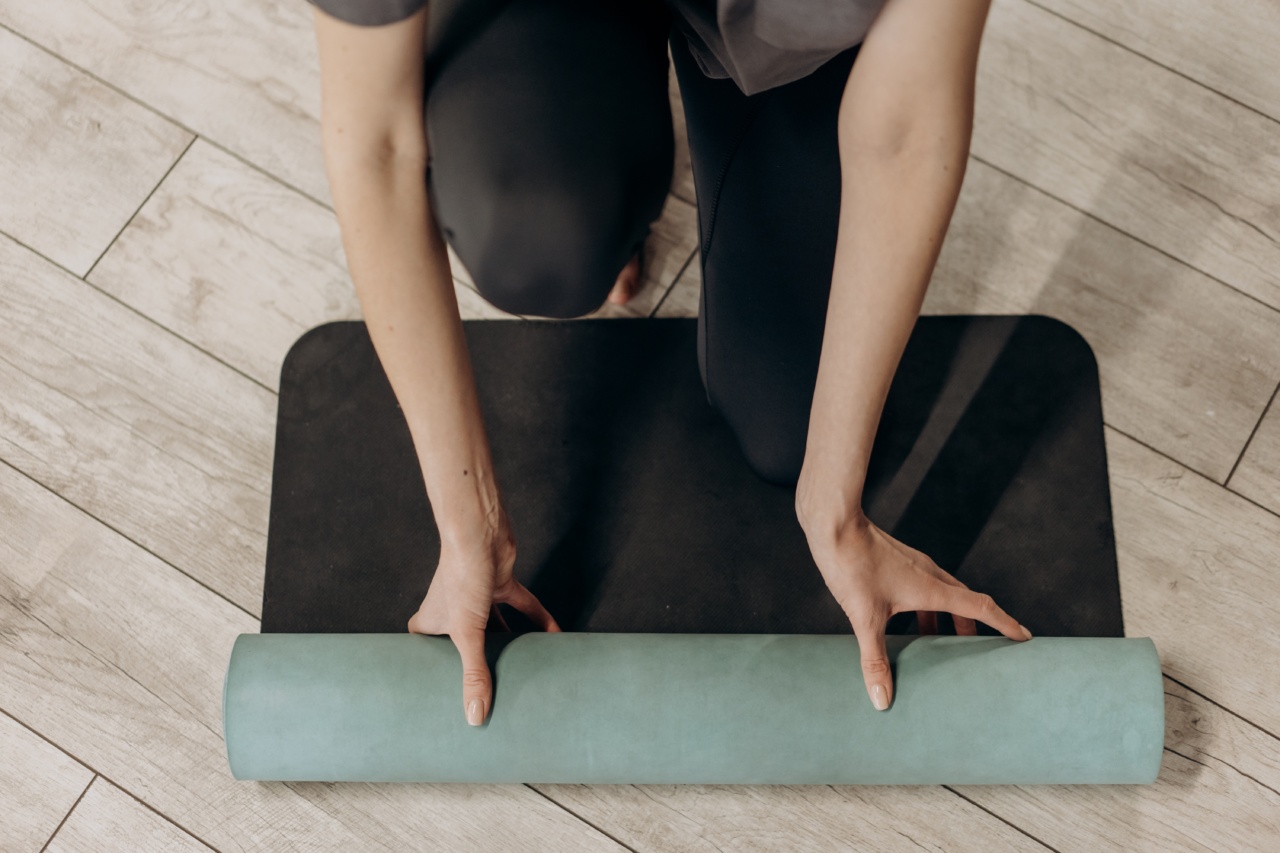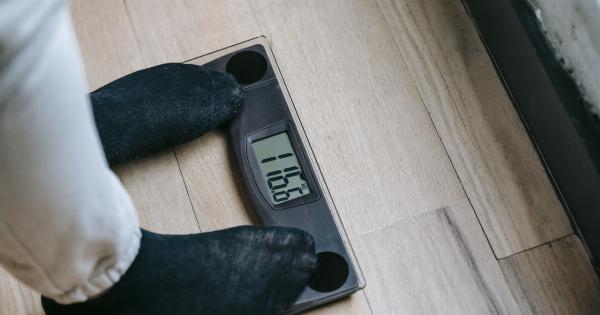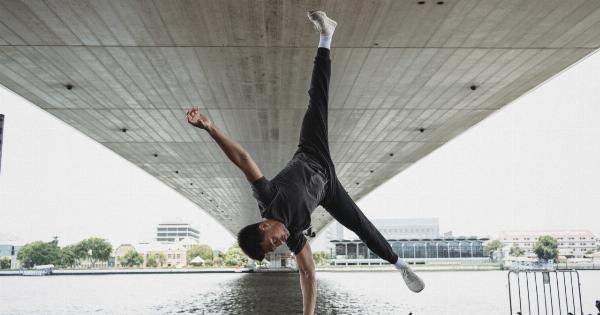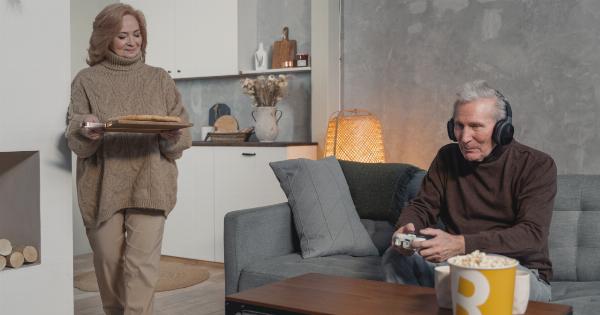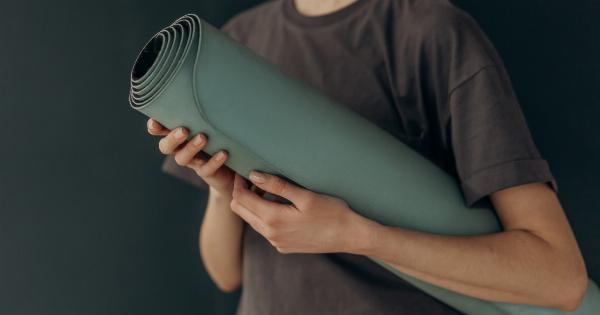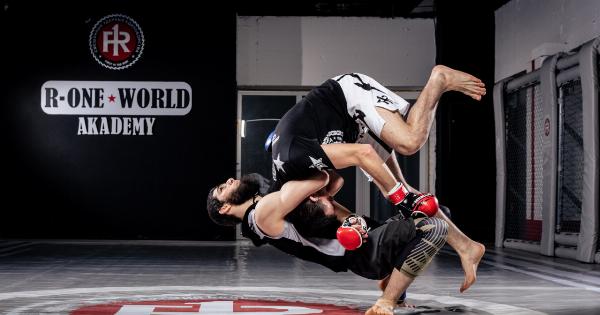Pilates is a form of exercise that focuses on developing strength, flexibility, and control of the body. It was developed by Joseph Pilates in the early 20th century and has since gained popularity worldwide.
Pilates emphasizes proper alignment, breathing, and the mindful execution of movements, making it a holistic approach to fitness.
The Principles of Pilates
Pilates is based on a set of principles that guide the practice and ensure the best results. These principles include:.
- Control: Pilates exercises are performed with complete muscular control and precision. Each movement is deliberate and intentional, maximizing the benefits and minimizing the risk of injury.
- Concentration: Mind-body connection is a fundamental aspect of Pilates. Concentration is required to perform each movement correctly and effectively, allowing the practitioner to enhance body awareness and improve movement patterns.
- Centering: Pilates places great emphasis on the “powerhouse” or the core muscles, including the deep abdominal muscles, glutes, and lower back. All movements originate from the center, providing a strong foundation for strength and stability.
- Fluidity: Smooth, flowing movements are a hallmark of Pilates. The exercises are designed to create long, graceful lines and promote functional movement patterns in daily life.
- Precision: Attention to detail is crucial in Pilates. It is not about how many repetitions you do, but how well you do them. Each movement is precise and efficient, working the targeted muscles effectively.
- Breathing: Proper breathing is essential in Pilates. The breath is used to facilitate and support movement, helping to engage the core and promote relaxation.
The Benefits of Pilates
Pilates offers numerous benefits for both the body and mind. Here are some of the key advantages of practicing Pilates:.
1. Improved Core Strength
One of the primary focuses of Pilates is developing core strength. The exercises target the deep core muscles, which provide stability and support for the entire body.
A strong core helps improve posture, balance, and overall functional movements in daily life.
2. Increased Flexibility
Pilates promotes flexibility by elongating and stretching the muscles. The controlled movements and emphasis on proper alignment help release muscle tension and improve range of motion.
Regular practice can lead to increased flexibility and reduced risk of injuries.
3. Enhances Muscular Strength
Pilates is not only about flexibility but also about building strength. By incorporating resistance and bodyweight exercises, it targets all major muscle groups, including the arms, legs, and back.
Strong muscles not only look toned but also support and protect the joints.
4. Better Posture
Poor posture is a common issue in today’s sedentary lifestyle. Pilates helps correct postural imbalances by strengthening the core and the muscles responsible for proper alignment.
It helps improve body awareness, allowing individuals to maintain good posture both during exercise and throughout the day.
5. Injury Prevention and Rehabilitation
Due to its low-impact nature and focus on alignment, Pilates is an excellent choice for injury prevention and rehabilitation. It can help strengthen weak muscles, improve joint stability, and correct movement patterns.
Many physical therapists incorporate Pilates exercises into their rehabilitation programs.
6. Stress Relief and Mindfulness
Pilates is not just a physical workout; it also provides mental benefits. The focus required during Pilates sessions helps relieve stress and promotes relaxation.
Mindfulness is integrated into the practice, allowing individuals to connect with their bodies and quiet the mind.
7. Increased Energy and Vitality
Regular Pilates practice can result in increased energy levels and an overall sense of vitality.
The combination of controlled movements, proper breathing, and improved posture enhances circulation and oxygenation, leaving practitioners feeling rejuvenated and invigorated.
The Pilates Equipment
While Pilates can be done on a mat, many practitioners choose to incorporate specialized equipment to enhance their practice. These equipment aid in providing support, resistance, and assistance during exercises. Some common Pilates equipment includes:.
1. Reformer
The Pilates reformer is a versatile apparatus consisting of a sliding carriage, springs, straps, and a footbar. It provides resistance and assistance to enhance the quality and intensity of movements.
The reformer can be used to target various muscle groups and provides a full-body workout.
2. Cadillac
The Cadillac is a large framework with bars, straps, and springs attached. It offers a variety of exercises that can be performed lying down, sitting, or standing.
The Cadillac is often used for rehabilitation purposes and for advanced exercises that require additional support or challenge.
3. Chair
The Pilates chair is a compact apparatus with a small seat and pedals. It resembles a traditional chair but with springs for resistance. The chair challenges stability, balance, and strength, making it ideal for advanced practitioners.
4. Barrel
The Pilates barrel comes in different shapes, such as the spine corrector or the small barrel. It is designed to support various movements and stretches that focus on spinal mobility, core strength, and flexibility.
The barrel is particularly useful for improving posture and targeting the muscles of the back.
Is Pilates Right for You?
Pilates is suitable for individuals of all ages and fitness levels.
Whether you’re an athlete looking to enhance your performance, a senior wanting to improve balance and flexibility, or someone recovering from an injury, Pilates can be adapted to meet your needs.
Pilates is also an excellent choice for those looking for a low-impact exercise method that still provides a challenging workout. It can be modified to be gentle on the joints while still strengthening the muscles and improving overall fitness.
Getting Started with Pilates
If you’re new to Pilates, it’s recommended to start with a qualified instructor who can guide you through the basics and ensure you have the correct form.
Learning the proper technique is important to reap the full benefits of Pilates and avoid potential injuries.
You can choose between private sessions or group classes, depending on your preference and budget. Both options have their advantages, but beginners may benefit from the individual attention and personalized instruction provided in private sessions.
As you progress, you can explore different types of Pilates, such as mat Pilates, equipment-based Pilates, or more specialized variations like aerial Pilates or Pilates on the ball.
The key is to find what resonates with you and keeps you motivated to maintain a consistent practice.
Conclusion
Pilates offers a comprehensive approach to fitness, focusing on balancing the body and mind through controlled movements.
With its principles of control, concentration, centering, fluidity, precision, and breathing, Pilates provides a complete workout that enhances core strength, flexibility, and overall well-being.
Whether you choose to practice Pilates on a mat or incorporate specialized equipment, the benefits are numerous.
Improved posture, increased strength and flexibility, injury prevention, stress relief, and enhanced energy are just some of the advantages of Pilates.
Regardless of your age, fitness level, or goals, Pilates can be tailored to suit your needs. Seek out a qualified instructor to get started and enjoy the amazing benefits of Pilates for both your body and mind.
